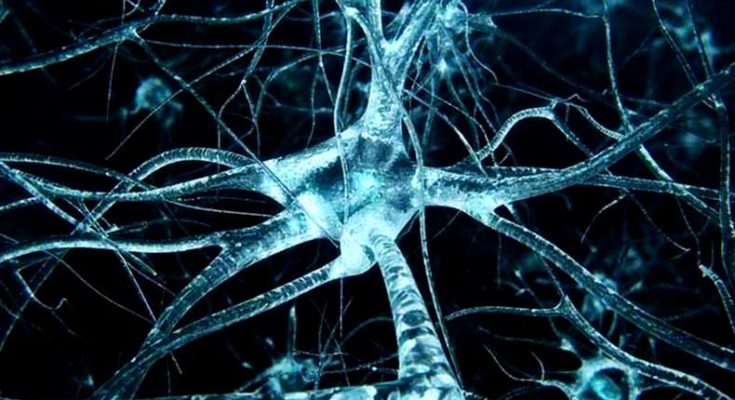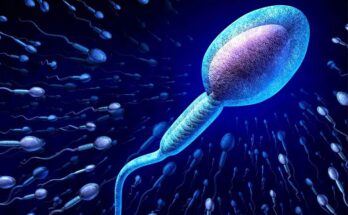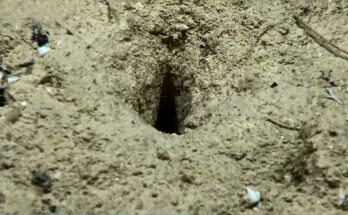‘Mini-brains’ are consisting of a number of neurons and cells of the human brain. Image Courtesy – http://www.zmescience.com
In a statement on their scientific research at the Johns Hopkins Bloomberg School of Public Health, scientists say that they have created small ‘mini-brains’ consisting of a number of neurons and cells of the human brain. It also has some of the functionalities of human brain which can be reproduced on bigger application.
The scientists are of the opinion that these ‘mini-brains’ are effective for testing of new drugs and also its effectiveness and safety measure. In United States, tons of animals are used for scientific research on neurological disease. Utilizing these ‘mini-brains’ will be more effective for studying mice and rats because these brain cells are derived from human cells instead of rodents. Balls of these brain cells can develop and shape structures like a brain automatically within a period of eight weeks.
Thomas Hartung, Faculty Directory, Johns Hopkins Bloomberg School of Public Health was of the opinion that maximum number of drugs initially looked favourable when testing on animals models. It took huge expenses and time also. But unfortunately most of the drugs failed when they were tested on human being. We can have much better result from these balls of cells than from rodents. He proclaimed that our future research should include more focuss on ‘human cell based models’.
Read: Role of tree to protect climate change and better living
Thomas Hartung and his team developed these ‘mini-brains’ using ‘induces pluripotent stem cells (in short iPSCs). Adult cells were genetically reproduced to a stage like ‘embryonic stem cell’, and then these are invigorated to develop into brain cells. Skin cells of various healthy adults were used to create ‘mini-brains’. Hartung told that cells from individuals who have certain diseases can also be useful for various types of pharmaceutical research. Even the study of Alzheimer’s, Parkinson’s and multiple Sclerosis can be possible through using these brains.
‘Mini-brains’ are very tiny in size, their diameters are nearly 350 micrometers. Even hundreds and thousands of accurate copies can be developed in each group. Development for two months of these ‘mini-brains’ can be modified 4 types of neurons and 2 types of support cells. One is ‘Astrocytes’ and the other is ‘Oligodendrocytes’. The second one creates myelin thus insulating neuron’s axons and permits them in faster communication.
Scientists observed the creating of myelin and covering of axons by it. The brains were observed with natural electrophysiological activity. This activity was recorded to an Electro Encephalogram (EEG). Scientists placed a ‘mini-brain’ with an array of electrodes while adding test drugs and observed spontaneous electrical impulses of the neurons.
Read: Mobile Tower Radiation – alarming to human beings, animals & plants
Hartung is currently applying for a patent for the ‘mini-brains’, and at the same time he is trying to create a commercial existence in the name of “ORGANOME”. He expects that by 2016 production of ‘mini-brains’ can be started and scientists of many more labs can use them.
The research was backed by the “National Institutes of Health’s National Centre for Advancing Translational Sciences (U18TR000547)”, “Alternatives Research & Development Foundation” and “Bart McLean Fund for Neuroimmunology Research/Project Restore”.





